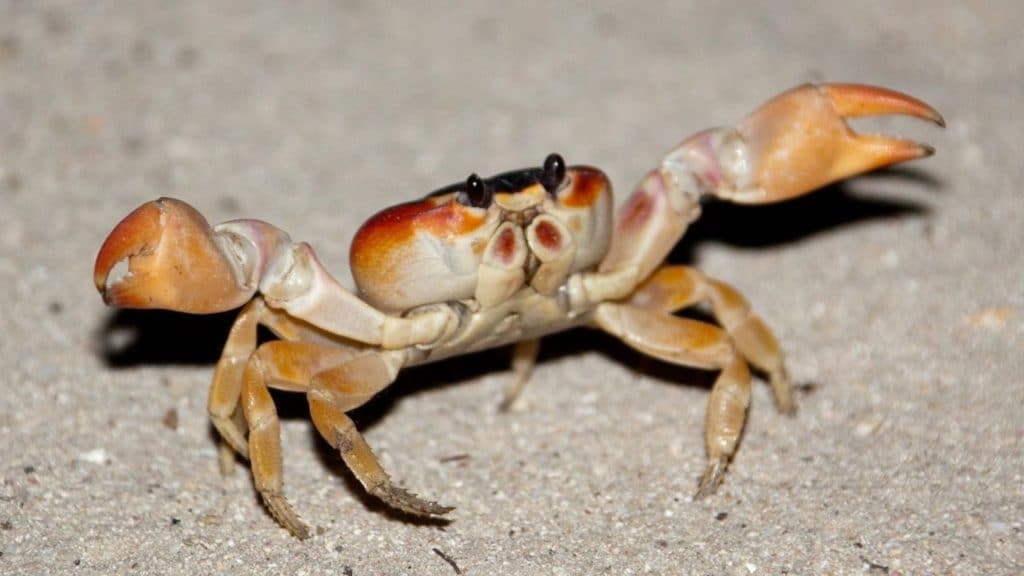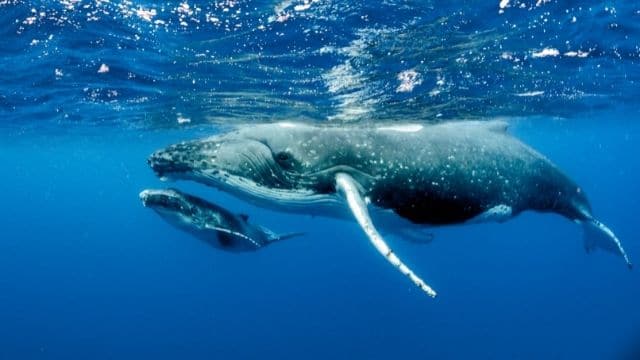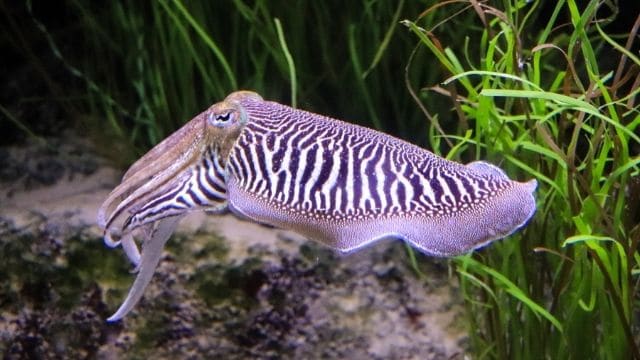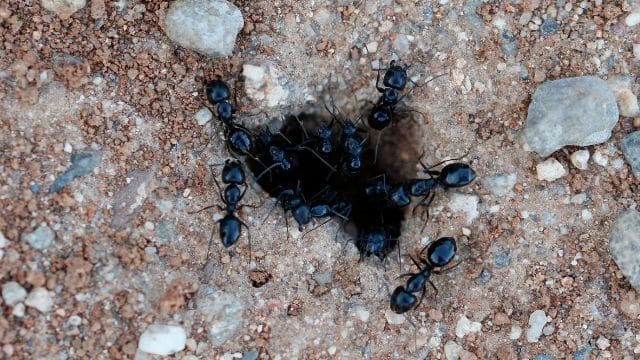Topic Content:
- Definition of Habitat
- Types of Habitat
- Aquatic Habitat
- fresh water, salt water, estuarine
- Terrestrial Habitat
- arboreal, on the ground, underground
- Aquatic Habitat
What is a Habitat?
Habitat is the area where an organism lives, or it is the locality where an organism can live successfully. Habitat can also be the natural environment of an organism.
Different organisms (plants and animals) are found in different habitats.
There are two major habitats:
1. Aquatic Habitat.
2. Terrestial Habitat.
1. Aquatic Habitat:
Organisms that live in water are known as aquatic organisms. Aquatic habitat is a water environment in which organisms live naturally, for example, rivers, lagoons, seas, lakes, etc.

There are three types of aquatic habitats. They are:
a. Freshwater Habitat.
b. Marine (Saltwater Habitat)
c. Estuarine Habitat (brackish)
a. Fresh Water Habitat:
Includes rivers, streams, lakes, ponds, and springs. Examples of organisms found in freshwater habitats are crabs, tilapia fish, catfish, spirogyra, water lily, etc.

b. Salt Water (Marine) Habitat:
Includes the sea and the ocean. Examples of organisms found in these habitats are seaweeds, whales, sharks, octopuses, dolphins, etc.

c. Estuarine Habitat:
The aquatic habitats in which salt water and fresh water naturally intermix contain traces of salt (brackish) and are known as Estuarine habitats, for example, lagoons and bays. Organisms that are found here include diatoms (seaweed), squids, sharks, mackerel, sea catfish, whales, barnacles, etc.

2. Terrestrial Habitat:
Terrestrial habitat simply means the land environment where certain organisms live naturally, for example, snails, grasshoppers, etc. Other terrestrial organisms include human beings, wild animals, domestic animals, and plants.
Forests, deserts, grasslands, rainforests, tundra, and mountains are just a few examples of terrestrial habitats.
The terrestrial habitats can be;
- arboreal (on trees)
- on the ground
- or under the ground.
a. Arboreal habitats: An arboreal habitat is a home for organisms that live in trees. Examples of animals found in arboreal habitats are birds, monkeys, etc.

b. On the ground: Examples of animals found on the ground are human beings, elephants, lions, etc.

c. Under the ground: Examples of animals found living underground are ants, earthworms, termites, etc.

Examples of terrestrial plants are orange trees, pineapple plants, maize, pawpaw trees, mango trees, etc.



Cool
wow
This is Amazing
Isn’t there a type of habitat on trees
This is helping very well
i never new this before